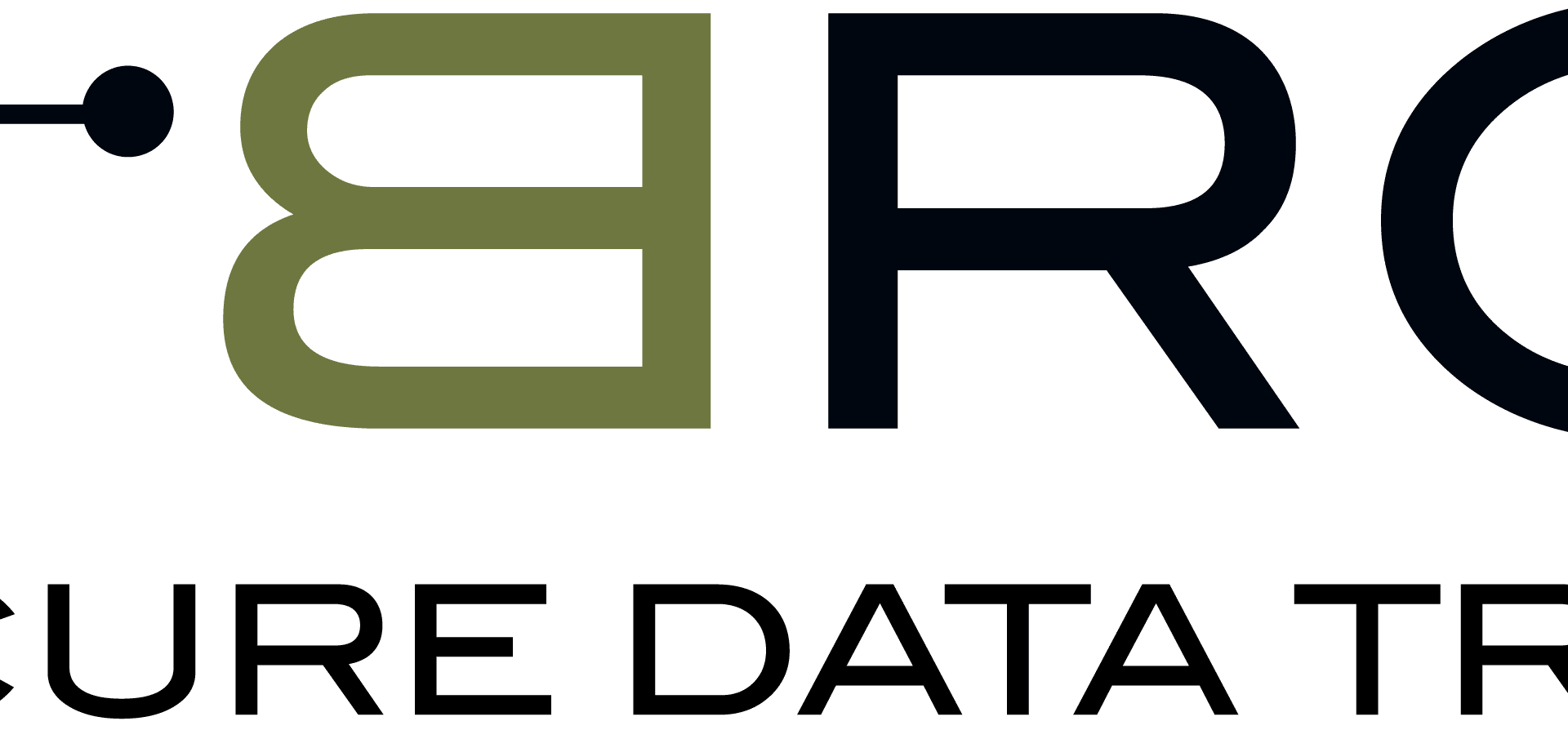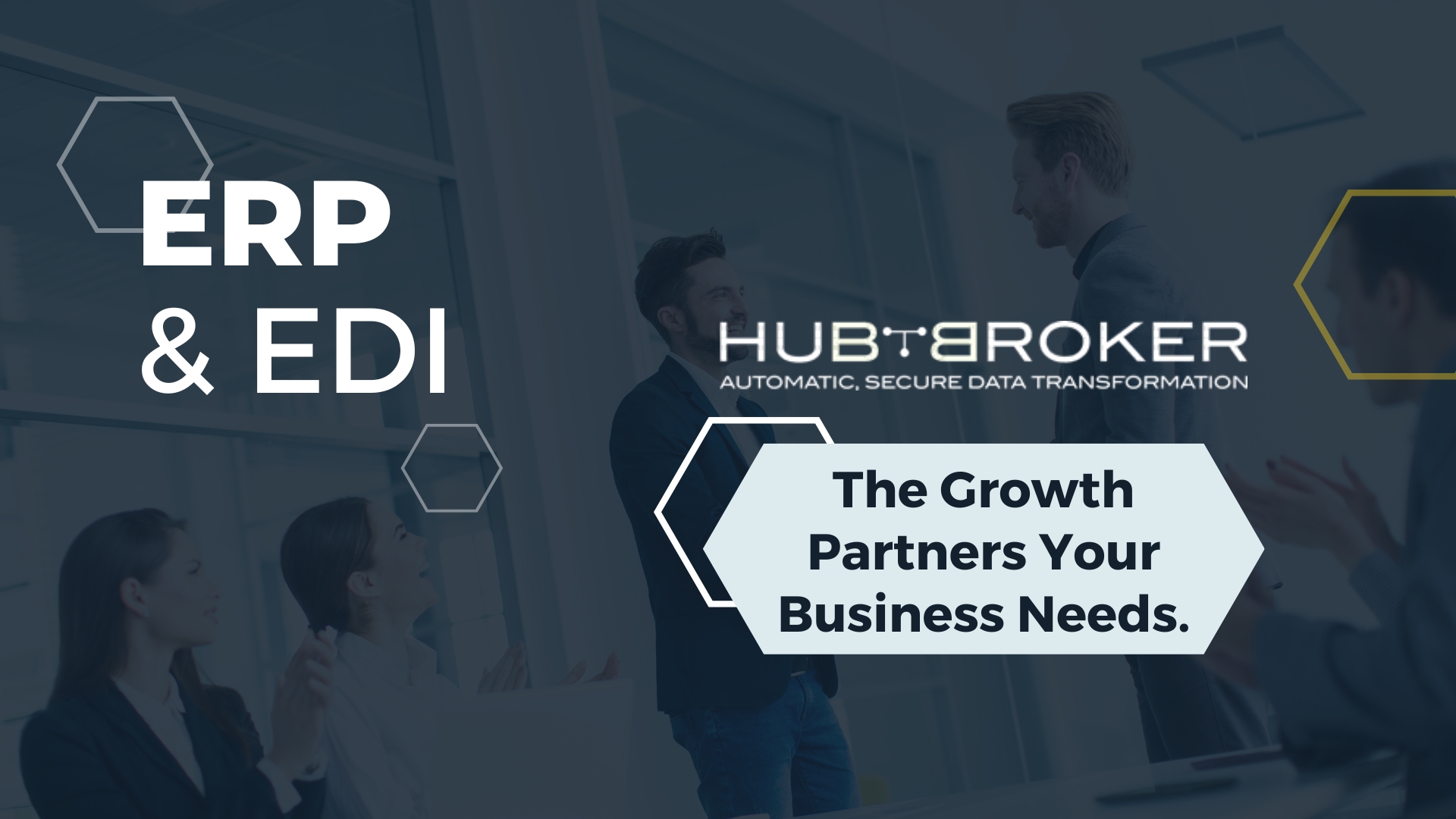Emailing invoices as PDF is the easiest and least expensive way to do paperless accounting and is often used by smaller companies. But there’s a catch: A PDF invoice is not an e-invoice.
Electronic invoicing (e-invoicing) is the exchange of computer-readable payables data between finance systems via a standardized data format.
It doesn’t matter if the buyer and seller use different software, provided their systems can receive data in this format.
E-invoices are digital from transmission through to receipt, processing, and payment. This contrasts with invoices emailed as PDF attachments or other file types. Here the transmission is electronic, but the processing at the buyer’s end is usually manual; data needs to be extracted from files and uploaded to company systems before it can be processed.
Why Your Business Should Adopt e-Invoices or XML for Invoice Processing
In today’s fast-paced business environment, processing and approving PDF invoices can take up to 16 days, whereas electronic invoicing allows immediate approval and payment. By adopting e-invoicing or XML for invoice processing, your business can benefit from real-time insights into outstanding invoices, incoming and outgoing cash flows, and better cash management.
If your customers are requesting electronic invoices, it clearly indicates that PDF invoices sent via email are no longer convenient. It is time to switch to a solution that enables the conversion of PDF invoices into common e-invoice standards such as XML or UBL (PDF to XML or PDF to UBL) .
Why Converting PDF to XML Is Not as Straightforward as It Seems
While PDF documents are ubiquitous and a go-to format for exchanging data between businesses, accessing the data stored inside them is a challenging task to automate. PDF was primarily created to replace traditional paper documents and ensure that the data’s visual representation remains the same on any device. However, it does not provide structuring tags, such as those found in HTML, which would enable a computer to understand the data easily.
In other words, PDF documents usually only store the visual representation of data, making it difficult to export data in a structured way to other formats such as XML, CSV, Excel, and more. This means converting PDF to XML requires specialized software to extract data from the visual representation and transform it into a structured XML format. Without the right tools, converting PDF invoices to XML can be a time-consuming and error-prone process.
Why Your Business Should Make e-Invoices (Or XML) the Norm
As the business world moves towards electronic invoicing, it’s becoming increasingly important for companies to make the transition from PDF invoices to e-invoices. According to a report by Billentis, e-invoicing is expected to grow at a rate of 20% annually, with 55 billion e-invoices being exchanged between trading partners globally by 2025. Furthermore, the market value of electronic invoicing is predicted to reach a staggering $20.5 billion by the same year.
Making the switch to electronic invoicing is not only forward-thinking but also offers several advantages that can benefit your business. By converting PDF invoices to e-invoices, you can join the trend that will eventually change the invoicing process as we know it. Additionally, it helps to maintain a healthy relationship with your business partners.
Benefits of e-Invoicing Over Traditional PDF Invoicing
Ditching PDF invoicing for e-invoicing can add value to your business while freeing up your team to focus on other growth areas. Here are some advantages of electronic invoicing:
Faster Invoice Processing and Payment
When customers receive a PDF invoice, it often sits in their email, waiting for sorting, re-routing, re-keying, and submission for approval. This process takes time and increases the likelihood of invoices getting lost.
In contrast, electronic invoicing streamlines the approval process, allowing customers to access the invoice on their ERP system and route it for quicker approval. The result is faster payments for your business.
Real-Time Access to Outstanding Invoices
Electronic invoices offer immediate approval and payment, unlike PDF invoices, which take an average of 16 days to process. Real-time access to outstanding invoices can provide insights into incoming and outgoing cash flows, better cash management, the status and location of your invoices, and the current financial situation of your business.
Increased Productivity and Automation
PDF invoices require manual entry into your accounts payable (AP) system, which is prone to errors, disputes, and rejected invoices. In contrast, e-invoicing enables you to send data directly to your customer’s AP system, eliminating manual entry and allowing your accounts department to focus on high-value activities.
E-invoicing also enables AP departments to validate invoices automatically before routing them for approval. This process helps remove errors in crucial calculations, such as VAT, and allows for easier identification of goods purchased by each department. Furthermore, it makes it easier to match invoices with other procurement documents, such as purchase orders and contracts.
Better Account Reconciliation
Reconciling invoices issued to customers against their payments can be challenging, especially when payments are made for multiple invoices and payment amounts differ from the original invoices due to claim deductions or damaged goods. E-invoicing simplifies the account reconciliation process by allowing you to send invoice details with the payment.
Other benefits of using e-invoices instead of PDF or paper invoices include improved customer satisfaction, increased transparency, and low-cost data preservation.
What if Your Supplier Trading Partner Cannot Send an Electronic Invoice?
If your trading partner cannot send electronic invoices, you can still transition from PDF invoices to e-invoices. You can request them to send a PDF invoice, which you can then convert to an e-invoice using the right solution.
Converting PDF invoices to e-invoices is the way of the future. By making the switch, your business can benefit from faster invoice processing and payment, real-time access to outstanding invoices, increased productivity and automation, better account reconciliation, and more.
Convert Your PDF Invoices to e-Invoices with Ease Using PDF2XML
Do you struggle with manually entering invoice data into your ERP system or electronic data interchange (EDI) infrastructure? Converting PDF invoices to electronic invoices can save you time and effort. With PDF2XML, converting your PDF invoices to electronic invoices is a breeze. Here’s a simple three-step process to get you started:
Step 1: Upload Your PDF Invoice to PDF2XML
The first step is to upload your PDF invoice to the PDF2XML platform. PDF2XML is powered by a proprietary combination of Artificial Intelligence, Machine Learning, and Natural Language Processing, making it easy to identify crucial details from a scanned PDF invoice.
Step 2: Process Your Invoice Automatically
After uploading your invoice, the PDF2XML processes it to create an electronic invoice that conforms to EDI and e-invoicing requirements. Manual mapping comes into play if the automated system cannot identify some details required for conversion. The manual mapping trains the AI machine learning to ensure that the system can identify every crucial element needed to convert the PDF invoice to an e-invoice.
Step 3: Send the e-Invoice to Your ERP System
Finally, you can customize your e-invoice and send it to your ERP system for further processing. The PDF2XML allows you to instantly process PDF invoices into your existing ERP system or EDI infrastructure without any technical changes. This means no disruption to your digital supply chain.
Why Choose PDF2XML for Your PDF to e-Invoice Conversion?
At HubBroker, we understand that time is a precious commodity for businesses. That’s why we developed PDF2XML, a user-friendly solution that streamlines your invoice processing. Here are some reasons to choose PDF2XML for your PDF-to-e-invoice conversion:
- Our solution is easy to use
- You can instantly process PDF invoices into your existing ERP system or EDI infrastructure
- No technical changes are required to your system
- No disruption to your digital supply chain
Contact HubBroker today to start converting your PDF invoices to e-invoices and streamline your invoice processing.





